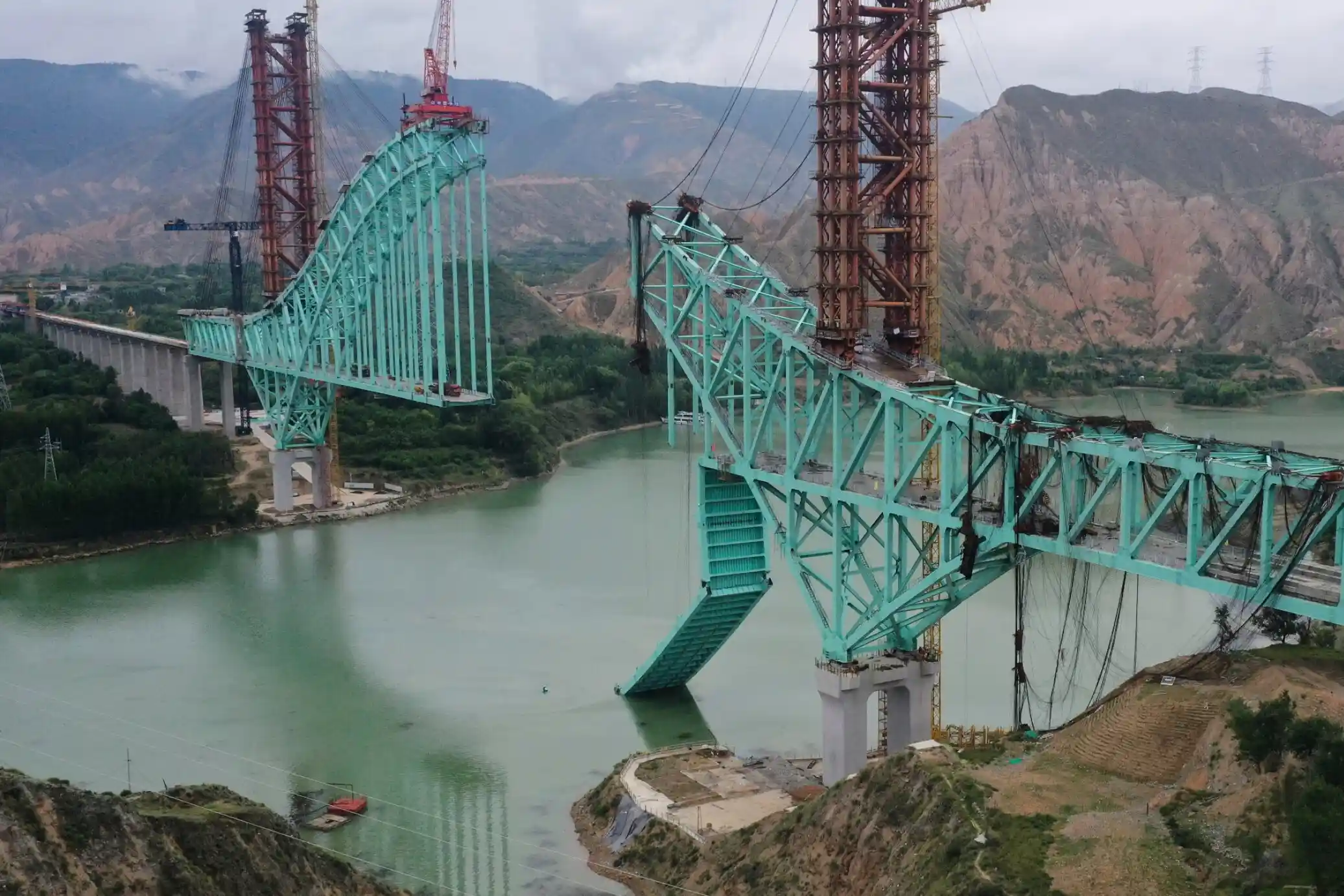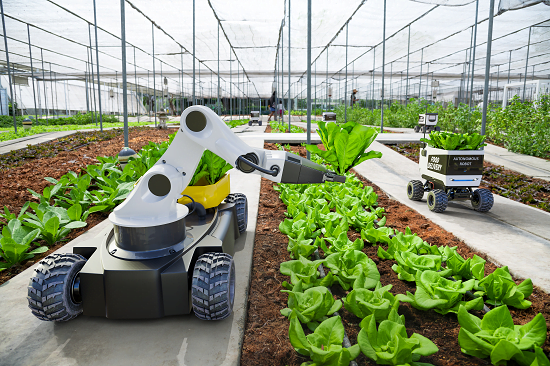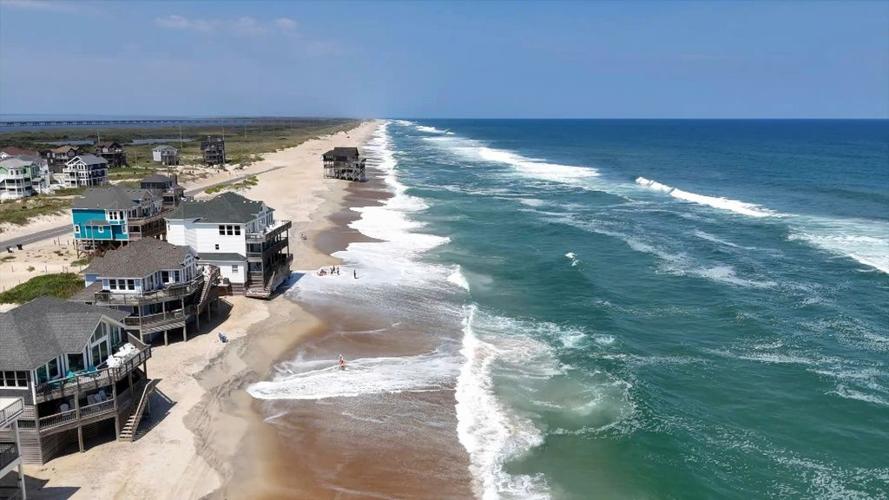A major construction tragedy has struck China, where a partially built bridge spanning the mighty Yellow River collapsed, killing at least 12 workers and injuring many more. The incident has reignited questions about construction safety standards in one of the world’s fastest-developing nations. The Yellow River, often referred to as the “Mother River of China,” carries not only historical significance but also critical economic importance for the regions it flows through. A collapse of this scale is not only a devastating human tragedy but also a reminder of the risks inherent in large-scale infrastructure projects.
- The Bridge Collapse: What Happened
- The Significance of the Yellow River
- Human Stories Behind the Numbers
- Construction Safety in China: A Troubled Record
- The Government’s Response
- Technical Failures: Possible Causes of the Collapse
- Global Context: Bridge Collapses Are Not Unique to China
- The Economic Fallout
- Public Reaction and Media Coverage
- Lessons for the Future
- FAQs
- Where did the Yellow River bridge collapse happen?
- How many people died in the Yellow River bridge collapse?
- What caused the bridge to collapse?
- Has China faced similar construction accidents before?
- Why is the Yellow River important in China?
- What steps are being taken after the collapse?
- Are bridge collapses common worldwide?
- Conclusion
In this article, we explore the full story of the Yellow River bridge collapse: what happened, why it matters, the human stories behind the disaster, government response, safety concerns in China’s booming construction industry, and what lessons the world can learn from it.
The Bridge Collapse: What Happened
According to local authorities, the bridge was under construction when a large section of it gave way and fell into the waters of the Yellow River. Reports suggest that dozens of workers were on-site at the time. Rescue teams rushed to the scene, pulling survivors and victims from the river, but at least 12 were confirmed dead within hours. Others remain missing or hospitalized with critical injuries.
Witnesses described the horrifying moment: a thunderous cracking sound, followed by dust, debris, and massive sections of concrete and steel plunging into the river. For the workers, many of whom were migrants who left their homes to earn a livelihood on dangerous construction jobs, the collapse was sudden and gave little chance of escape.
The Significance of the Yellow River
The Yellow River, stretching nearly 5,500 kilometers, is the second-longest river in China and has played a central role in the nation’s culture and development. It runs through nine provinces and supports millions of people with water, irrigation, and transport. Infrastructure along the Yellow River is not just about connectivity—it is also about national pride, economic progress, and linking rural communities to modern development.
For this reason, any infrastructure accident involving the Yellow River attracts enormous national and international attention. A bridge collapse here is not simply a technical failure; it is a symbolic blow to the idea of progress and modernization that such projects are meant to represent.
Human Stories Behind the Numbers
Every statistic in this tragedy hides a story of loss. Many of the victims were young men who left behind families in rural villages. For them, construction work was not just a job but a chance to send money home to educate children, support aging parents, or build a better future.
One survivor told reporters that workers had been concerned about the stability of the structure, but they felt pressure to continue working. “We felt tremors and vibrations days before,” the worker said. “But no one thought it would collapse so suddenly.”
Families gathered anxiously near the site, waiting for news of their loved ones. Mothers wept while holding pictures of sons who had gone to the city to build bridges and roads, only to never return. These human stories illustrate the harsh risks of China’s rapid infrastructure push.
Construction Safety in China: A Troubled Record
This is not the first time China has faced deadly accidents in its construction sector. With the country’s relentless drive to modernize, thousands of projects are underway at any given time—from skyscrapers to dams, railways to bridges. While China has some of the world’s most advanced engineering expertise, its construction sector has long been criticized for poor safety oversight, rushed deadlines, and corruption.
Official statistics show that thousands of construction-related deaths occur annually, though exact numbers are often difficult to verify due to underreporting. In many cases, accidents are blamed on negligence, substandard materials, or inadequate inspections.
Experts warn that the pace of construction in China often comes at the expense of worker safety. “There is immense pressure to finish projects quickly and cheaply,” one engineering professor noted. “That creates an environment where shortcuts are taken, and small cracks can lead to big disasters.”
The Government’s Response
Following the collapse, Chinese authorities launched a large-scale investigation. Provincial leaders arrived at the site to oversee rescue operations and pledged to hold those responsible accountable.
The Ministry of Emergency Management issued a statement emphasizing that “safety must come before speed.” Construction companies are now under increased scrutiny, with orders to halt similar projects until safety checks are completed.
However, critics argue that such responses are often reactive rather than proactive. After each major accident, officials promise reforms, but systemic problems often persist. Unless stricter laws and enforcement mechanisms are put in place, tragedies like the Yellow River bridge collapse may continue.
Technical Failures: Possible Causes of the Collapse
While investigations are ongoing, engineers point to several possible causes of the collapse:
Structural Weaknesses – Inadequate design or poor-quality materials may have led to instability.
Overloading – Construction equipment or materials may have been placed in ways that overstressed the unfinished structure.
Foundation Issues – Building over a river involves complex geotechnical challenges; any miscalculation could undermine stability.
Rushed Deadlines – Pressure to complete projects ahead of schedule often leads to unsafe practices.
The final report will likely highlight a combination of these factors, but what is clear is that safety protocols were not sufficient to prevent the disaster.
Global Context: Bridge Collapses Are Not Unique to China
Bridge collapses are a global problem, not confined to China. In the past two decades, catastrophic failures have occurred in countries like Italy, India, and the United States. Each tragedy raises the same concerns: are governments investing enough in infrastructure safety, or are they prioritizing speed and cost over human lives?
For example, the Morandi Bridge collapse in Genoa, Italy, in 2018 killed 43 people and shocked Europe. In India, a suspension bridge in Gujarat collapsed in 2022, killing over 140. These incidents reveal a universal challenge: balancing ambitious infrastructure development with rigorous safety measures.
The Economic Fallout
The collapse of a bridge under construction also has significant economic consequences. Projects like these involve millions of dollars in investment, local job creation, and strategic importance. Delays or cancellations can hurt regional economies and erode public trust in infrastructure projects.
For China, where infrastructure investment is a cornerstone of economic growth, such accidents undermine confidence in both local governments and construction companies. They may also scare off investors or complicate future projects along the Yellow River.
Public Reaction and Media Coverage
Chinese citizens have expressed outrage and grief online, with social media platforms flooded by calls for accountability. Hashtags related to the collapse trended nationally, with many users demanding better protection for workers.
Independent journalists and commentators raised concerns about corruption and cost-cutting, suggesting that officials may have ignored red flags. In China’s controlled media environment, criticism of government projects is often censored, but this tragedy has been too large to suppress completely.
Lessons for the Future
The Yellow River bridge collapse serves as a wake-up call for China and the world. To prevent similar disasters, several steps are necessary:
- Stronger Safety Regulations – Independent inspections and tougher penalties for negligence.
- Worker Training – Ensuring that all laborers understand safety protocols.
- Transparency – Making project details and risks public to increase accountability.
- Balanced Development – Prioritizing safety and quality over speed and cost.
- If these lessons are ignored, history may repeat itself, with more lives lost in the pursuit of rapid development.
FAQs
Where did the Yellow River bridge collapse happen?
The collapse occurred at a construction site over the Yellow River in China, during the building of a new bridge.
How many people died in the Yellow River bridge collapse?
At least 12 workers were confirmed dead, with others injured or missing.
What caused the bridge to collapse?
While investigations are ongoing, possible causes include structural weaknesses, poor materials, overloading, or rushed deadlines.
Has China faced similar construction accidents before?
Yes. China has experienced multiple fatal accidents in its construction sector due to rapid development, safety oversights, and corruption.
Why is the Yellow River important in China?
The Yellow River is the second-longest river in China, vital for agriculture, transportation, and regional development. It is also historically and culturally significant.
What steps are being taken after the collapse?
Authorities have launched an investigation, halted similar projects, and promised stricter safety oversight.
Are bridge collapses common worldwide?
Yes. Bridge collapses have occurred in countries such as Italy, India, and the United States, highlighting global challenges in infrastructure safety.
Conclusion
The collapse of the Yellow River bridge is more than a tragic accident—it is a symbol of the dangers inherent in unchecked development. At least 12 lives were lost, families were shattered, and confidence in infrastructure safety was shaken. While China pushes ahead with ambitious projects, this disaster underscores a universal truth: no amount of progress is worth the cost of human life.
As the investigation unfolds, the world will be watching whether China takes meaningful steps toward reform, or whether promises of safety will once again fade into the background. The victims of the Yellow River collapse deserve more than sympathy—they deserve systemic change.












